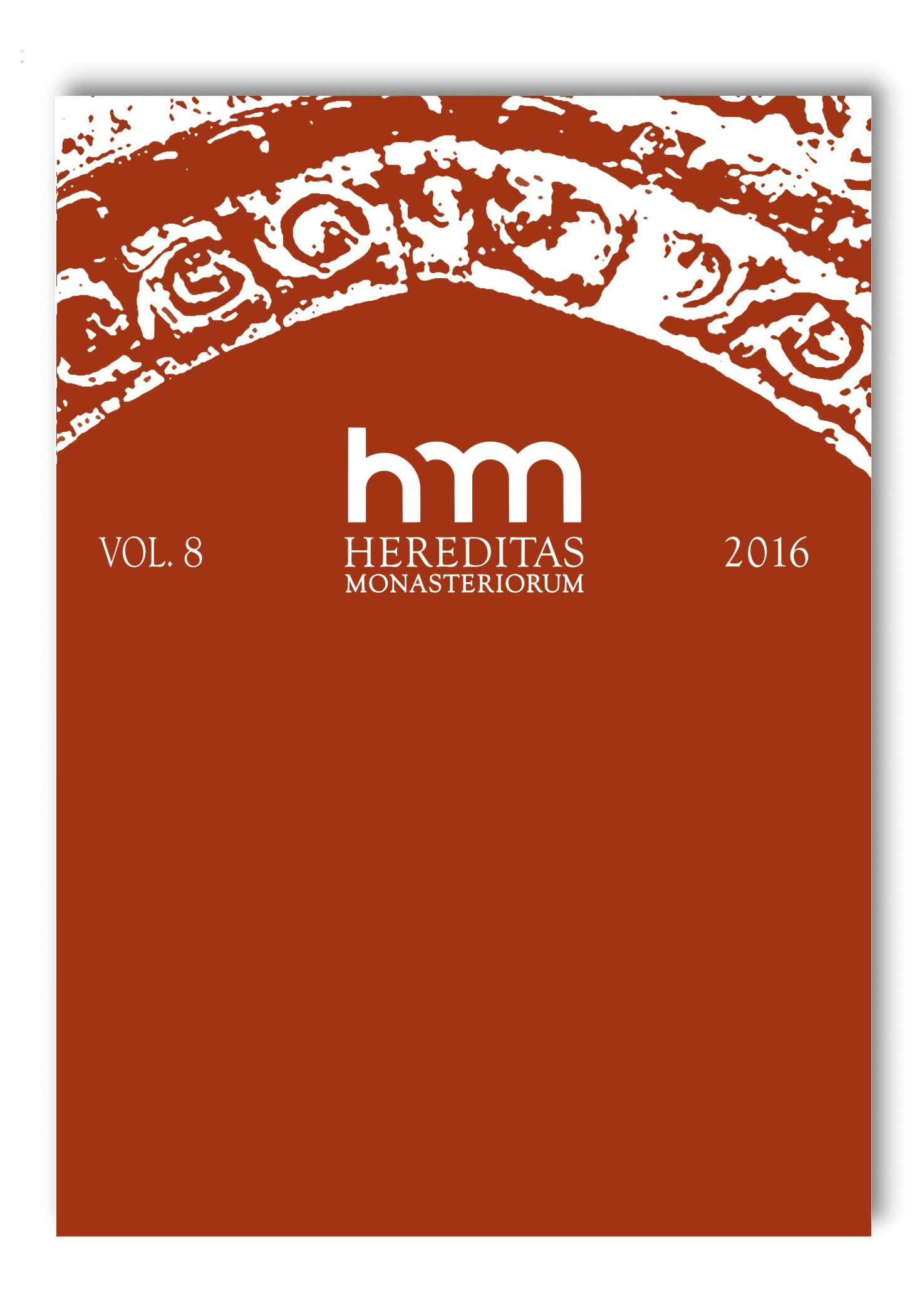Dekret abpa Franciszka Skarbka-Malczewskiego z 17 IV 1819 r. w sprawie supresji klasztorów w Królestwie Polskim
Archbishop Franciszek Skarbek-Malczewski’s decree of 17 April 1819 on the suppression of monasteries in the Kingdom of Poland
Author(s): Małgorzata KośkaSubject(s): Christian Theology and Religion, History of Religion
Published by: Laboratoire de Recherches sur l'Histoire des Congregations et Ordres Religieux (LARHCOR)
Keywords: dissolution decree; dissolutions; monastery; Church; Kingdom of Poland; Central Archives of Historical Records; source; edition
Summary/Abstract: The bull Ex imposita Nobis, issued on 30 June 1818 by Pope Pius VII, was a response of the Holy See to earlier drafts sent to it by the Government Commission for Religious Denominations and Public Enlightenment. It provided for an abolition of simple benefices and reduction of the number of chapter members by half, reform of monasteries and establishment of new diocesan boundaries. The pope appointed the Bishop of Cuyavia and Pomerania, Franciszek Skarbek-Malczewski, Archbishop of Warsaw since 2 October 1818, his apostolic delegate and executor of the bull. After familiarising himself with the financial situation of religious orders, on 22 February 1819 Archbishop Malczewski submitted to the Commission a financial report, separately for each diocese, and indicated eight monasteries that could be suppressed. The property of several monasteries was to be partially suppressed and several monastic houses were to be merged. In early March 1819 the primate sent a report to the Holy Father on the execution of the bull Ex imposita Nobis, in which he pointed to the difficulties involved in the suppression and said that he would not be able to report on its completion for a long time to come. The archbishop’s illness enabled Stanisław Kostka Potocki, the minister for religious denominations, to act. The minister realised that the primate would not agree to a general dissolution (excluding only mendicant orders). Yet he could not exclude Malczewski completely from the management of the former monasteries’ property. That is why in early April 1819 he persuaded the archbishop to agree to the establishment of a Deputation for the management of the property of former monasteries, with the archbishop being one of its members. Potocki enlisted Father Szczepan Hołowczyc, appointed bishop of the newly established Diocese of Sandomierz, to formulate new assumptions for the suppression decree. Hołowczyc undertook the task, although he had not been authorised by the pope to act in this manner. On 17 April 1819 Primate Franciszek Skarbek-Malczewski, on his deathbed, signed a suppression decree submitted to him, putting an end to the existence of 25 male and 5 female monasteries.
Journal: Hereditas Monasteriorum
- Issue Year: 2016
- Issue No: 8
- Page Range: 367-378
- Page Count: 12
- Language: Polish

